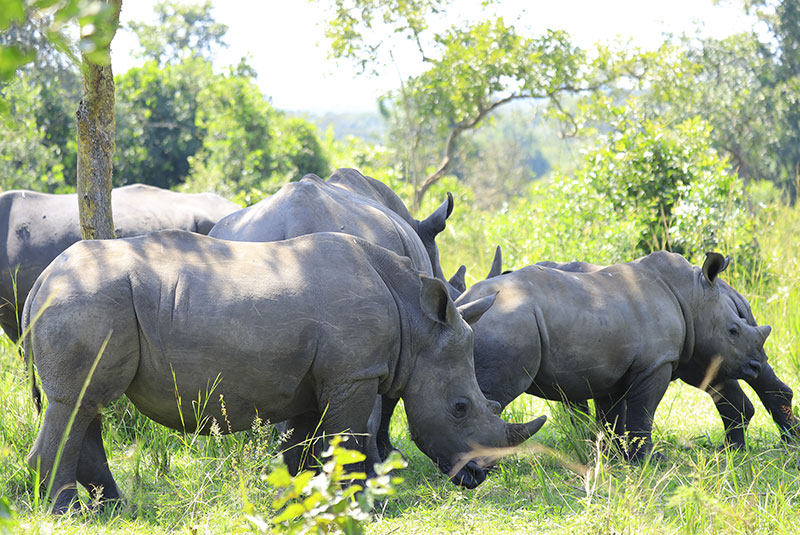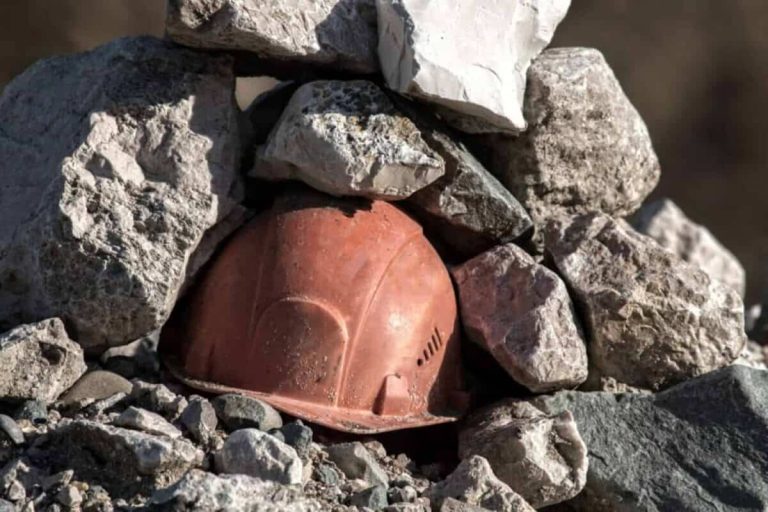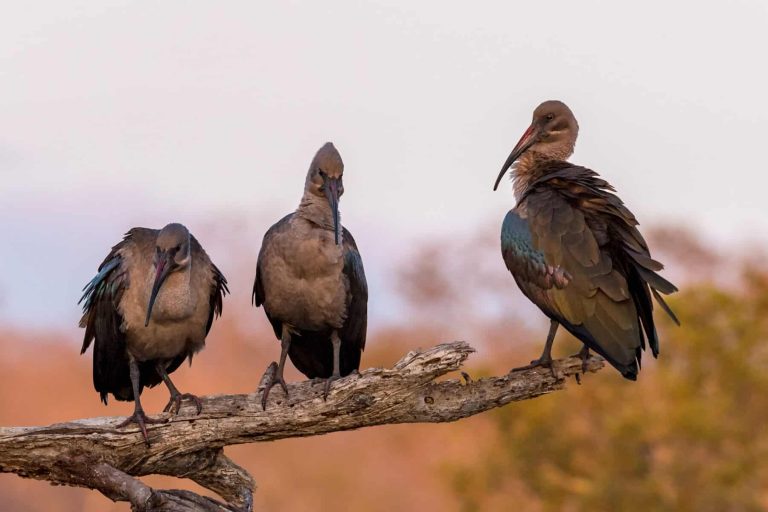
On September 22, as the world commemorated World Rhino day, 17 rhino calves at Ziwa Rhino and Wildlife ranch got new names under the Name and Save the Rhino campaign.
The campaign notably raised more than $140,000 (Shs 491m) towards the $11m needed for the transfer and care of 28 rhinos to Ajai wildlife reserve. This year’s World Rhino day found Uganda with a revived rhino population, from six to 48 now; it also highlighted the role of public-private partnerships in conservation.
Among others, Parliament of Uganda named one female rhino, Kiira; the Jane Goodall Institute named a female rhino, Jane Goodall; Captain Joseph Charles Roy named a female rhino, Asaba; Achelis (U) Ltd named a male rhino, Akili; UNDP also named a female rhino, Nakadanya; Association of Uganda Tour Operators named a male rhino, Auto; Uganda Tourism Board named a male rhino, Ubuntu; and the British High Commission named a female rhino, Pearl.
Other supporters of the Name and Save a Rhino campaign who contributed money to this cause include the Prime Minister Robinah Nabbanja, Petroleum Authority of Uganda, Laytona Grace Hamilton (Spice), MTN Uganda, Sembeza Africa, and Dr Michael Moses Odongo Okune, paramount chief of Lango.
This celebration also brought together dignitaries from the government, such as the minister of Public Service Muruli Mukasa, who represented the president, Minister of Tourism Wildlife and Antiquities, Col (Rtd) Tom R. Butime, Minister of State for Tourism Martin Mugarra Bahinduka, Executive Director of Uganda Wildlife Authority Dr James Musingunzi, and Juliana Kagwa, the chief executive officer of Uganda Tourism Board.
Members of different diplomatic corps, such as Lisa Chesney the British high Commissioner, Nwanne Vwede-Obahor, country representative for UNDP, as well as Dutch and Indian envoys.

Speaking at the event, Musingunzi said this is an irreversible journey of the rhino conservation that will also see the eastern black rhinos reintroduced. Musingunzi added that the naming of 17 rhinos was more than statistics; a powerful statement that Uganda has chosen restoration over despair and resilience over loss.
“Today, we reflect on our past with humility and look to the future with new pride. Uganda once flourished with rhinos, but by 1983, they had vanished from our national parks. Forty- two years ago, the country’s final eastern black rhino was gunned down in Kidepo Valley national park, marking the final blow to the existence of both the northern white and eastern black rhino subspecies that had roamed freely across the country.
However, the reintroduction of the southern white rhinos [came] in 2001, with the first two of the rhinos kept at Uganda Wildlife Education Centre at Entebbe. These were followed by six others between 2005 and 2006 and were taken to Ziwa Rhino Sanctuary that have since birthed up to 46 calves,” Musingunzi noted.
Rhinos went extinct due to their horn, which poachers go after. Dr Musingunzi thanked partners in rhino conservation, including Sudhir Ruparelia, Sheraton Hotel, USAID and Angy Genada.
“Every rhino here attracts visitors, generates employment, jobs and the future. Every rhino generates employment and sustains local enterprises, as well as reinforcing Uganda’s global reputation as a premium wildlife destination. Behind each rhino are farmers supplying food, guides sharing our stories, transporters serving tours, and countless Ugandans whose lives are uplifted by conservation-driven tourism,” he said.
Musingunzi said under the 10-year rhino conservation strategy, the authority plans to translocate the white rhinos to other parks, starting with Ajai wildlife reserve where 20 rhinos will be taken by the end of the year; Kidepo Valley national park where work has already started to prepare the area to receive both the white and black rhinos; and Murchison Falls national park where the rhinos also thrived before.
UTB’s Kagwa said, “So, the work we’re doing here today and the work that we have partnered with Uganda Wildlife Authority to do is to conserve and protect our product. We cannot promote what we don’t have. We cannot sell what doesn’t exist. So, when you see us here in the bushes, tracking the rhinos, it’s not about content creation. We are actually working to promote a sustainable tourism product.”
She urged all Ugandans to take responsibility for protecting the country’s biodiversity for future generations.
“So, these animals belong to all of us. And nowhere else have I seen a sustainable ecosystem where humans and wildlife are coexisting so comfortably like here at Ziwa. This is what we need to replicate at Ajai and all the other locations that we’re going to be translocating our rhinos to,” she noted.
Weeks before the naming ceremony, a delegation led by Kagwa and Chesney had gone to Ziwa to track the rhinos – massive species that freely roam on 72 square kilometres of land in Nakasongola. Seeing the animals up close is an indescribable experience; no wonder the ranch is now a popular stop for tourists heading to Murchison Falls national park.

Chesney, the British high commissioner to Uganda, said, “Uganda has something incredibly special. Your biodiversity is your superpower. You have got half of Africa’s bird species, over 40 percent of the mammal species.”
She added that the UK has been a long-time partner in Uganda’s development journey and highlighted that tourism and conservation play a big part in generating revenue for the country. Minister Tom Butime said the naming of the rhinos marks a new chapter, from reintroduction to breeding, which has seen the rise in the numbers.
“By 1980, rhinos had been completely wiped out of Uganda, driven to extinction, which was a loss for our pride heritage, and identity. It is therefore, very important for us to celebrate the restoration of the current viable population. Our successful reign of conservation history is a result of hard work, resilience, strength and hope,” he said.
“It’s not just a ceremony; it’s a powerful statement of how far Uganda has come. It’s a reminder of our painful past, a celebration of our concerted efforts, resilience, and promise for the future.”
Muruli Mukasa, who represented President Museveni, said government is committed to promoting livelihoods and ensuring communities benefit directly from tourism. He highlighted that a comprehensive strategy is already in motion to position tourism as a key driver of economic growth, job creation, and national pride, all while safeguarding the environment for future generations.
“The NRM government has demonstrated full commitment to promoting livelihoods and community benefits through tourism. A comprehensive strategy has been rolled out to strengthen the sector. Together, these efforts are transforming tourism into a driver of economic growth, job creation, and national pride, while safeguarding the environment for future generations.”
ebenezernsubuga405@gmail.com



